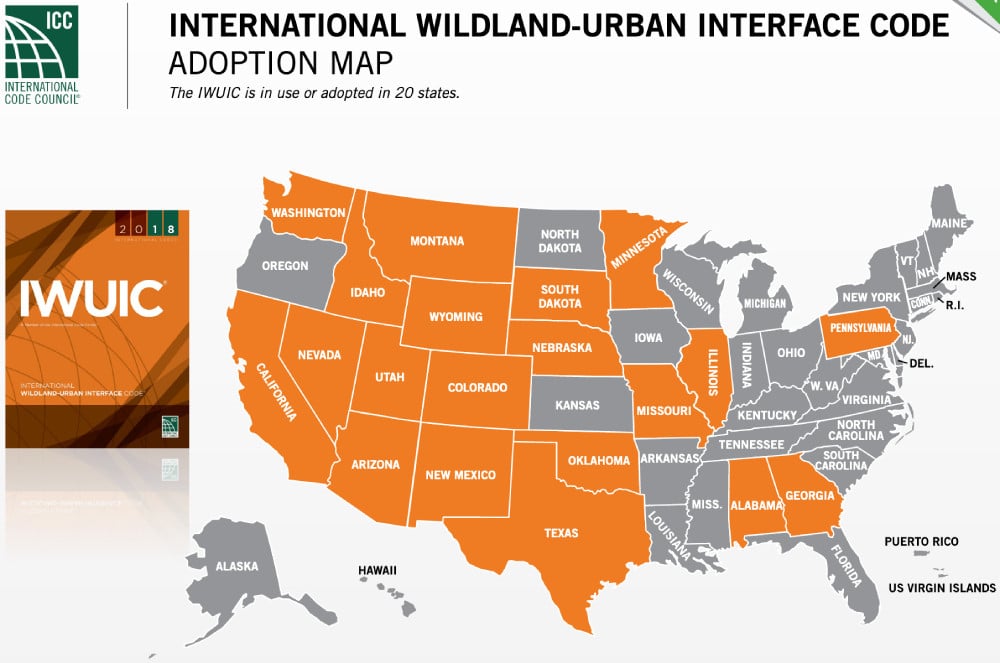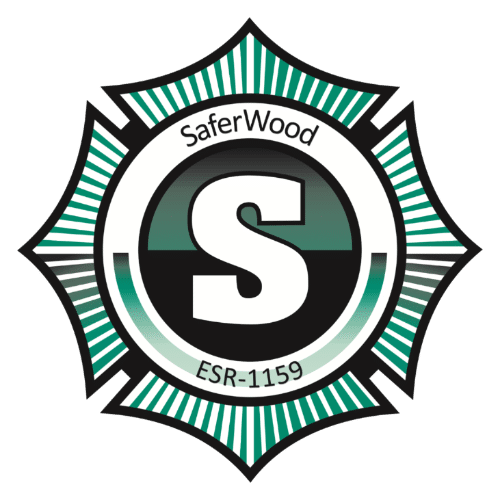Essential for Safety and Compliance
Saferwood: Protecting Your Construction Projects in WUI Zones

What is the Wildlife Urban Interface?
The WUI is the zone of transition between unoccupied land and human development. It is the line, area, or zone where structures and other human development meet or intermingle with undeveloped wildland or vegetative fuels
While the wildland urban interface (WUI) is a term commonly known in areas that experience wildfires, it may not be common to your fire department.
You may believe that you don’t have a WUI problem, and that WUI fires only occur in Western states, but here are the facts:
- More than 70,000 communities in the United States are at risk for WUI fires.
- In 2021 over 7 million acres burned and nearly 6,000 structures were lost to WUI fires in the United States.
- The WUI area continues to grow by approximately 2 million acres per year.
- The United States Government, in compliance with Executive Order 13728 for Wildland-Urban Interface Federal Risk Management, must adhere to the current IWUIC for every new federal building over 5,000 square feet in the WUI and encourage existing federal buildings located in the WUI to comply with the requirements set out in the code, including defensible space. FEMA will not provide federal assistance to rebuild public facilities in the WUI post-disaster unless the construction adheres to the current IWUIC.
WUI Codes Growth
Per the International Code Council [ICC], the International WUI Code [IWUIC] has been adopted in nearly 200 jurisdictions across 24 states and at the state level in 5 US States: Montana, Nevada, Pennsylvania, Utah, and Washington.

